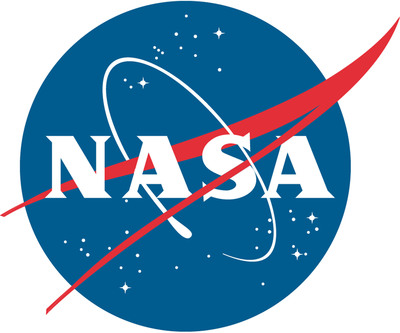
WASHINGTON, May 28, 2014 /PRNewswire-USNewswire/ -- Three crew members representing the United States, Russia and Germany are on their six-hour journey to the International Space Station after launching from the Baikonur Cosmodrome in Kazakhstan at 3:57 p.m. EDT Wednesday (1:57 a.m. Thursday in Baikonur).

The Soyuz capsule carrying Reid Wiseman of NASA, Soyuz Commander Maxim Suraev of the Russian Federal Space Agency (Roscosmos) and Alexander Gerst of the European Space Agency, is scheduled to dock with the space station at 9:48 p.m.
NASA Television coverage of docking will begin at 9 p.m. Hatches are scheduled to open at about 11:25 p.m., with NASA TV coverage starting at 11 p.m.
The arrival of Wiseman, Suraev and Gerst returns the station's crew complement to six. The three will join Expedition 40 Commander Steve Swanson of NASA and Alexander Skvortsov and Oleg Artemyev of Roscosmos, who have been aboard the complex since March.
Swanson, Skvortsov and Artemyev will return home in September, at which time, Suraev will become commander of the station for Expedition 41. Wiseman, Suraev and Gerst will return to Earth in November 2014.
The crew members will conduct hundreds of scientific investigations and technology demonstrations during their six-month sojourn on the orbiting laboratory. These include Earth remote sensing, an assessment of human behavior and performance, and studies of bone and muscle physiology.
The Comm Delay Assessment study will evaluate the effects of delayed communications on interplanetary crews during medical and other emergencies in deep space. In addition to time delays experienced as they travel farther away from Earth, uncertainty in performing a crucial task can affect crew performance and interaction. Three crew members will perform eight tasks, with and without 50-second delays added. These tasks will vary in their level of stress and familiarity. This type of research may help refine procedures for Earth-based teams that operate in extreme or remote environments with intermittent or no contact with its Earth-base experts.
A new engineering investigation will help NASA collect data for studying the loads, or force, placed on a crew member's body during exercise on the space station. The Force Shoes investigation is an evaluation of the XSENS ForceShoe system as a potential method for making these measurements. Initially, researchers will be validating the XSENS ForceShoe system technology. The ultimate goal of using ForceShoe is to provide researchers with data they will use to calculate the force felt at specific joints, such as the ankle, knee and hip. Enhancing researchers' understanding of exercise form and the forces applied to the human body while using spaceflight exercise hardware will help them recommend the best exercise regimens for astronauts to maintain their bone mass and muscle strength while in microgravity. This data also will be applied to populations on Earth restricted from exercise by injury, age, lifestyle or confined work and living space.
The new crew members will perform several other experiments that cover human health and safety, biological and physical sciences, technology development, and Earth observations, as well as engage in educational activities. The crew will conduct a pair of Russian spacewalks and as many as three U.S. spacewalks. They also will greet two Russian Progress spacecraft resupply flights, the final European ATV cargo spacecraft, Orbital Science's second commercial resupply flight, and the fourth supply delivery for SpaceX.
Among the cargo the SpaceX Dragon spacecraft will deliver is a new instrument to monitor ocean winds from the station. That information will be useful for weather forecasting, hurricane monitoring and climate studies. From its vantage point on the orbital outpost, the ISS-Rapid Scatterometer (ISS-RapidScat) will calculate ocean surface wind speeds and directions using radar pulses reflected off the ocean's surface.
The International Space Station is a convergence of science, technology and human innovation that demonstrates new technologies and makes research breakthroughs not possible on Earth. Humans have continuously inhabited the space station since November 2000. In that time, more than 200 visitors have conducted more than 1,500 experiments, and a variety of international and commercial spacecraft have docked to the station. The space station remains the springboard to NASA's next great leap in exploration.
For NASA TV streaming video, downlink and scheduling information, visit:
http://www.nasa.gov/nasatv
To follow the crew's activities on Facebook, visit:
http://www.facebook.com/ISS
Follow the crew on Twitter at:
https://twitter.com/astro_reid
https://twitter.com/Astro_Alex
and
https://twitter.com/Msuraev
For more information about the International Space Station, its crew members and their research activities, visit:
http://www.nasa.gov/station
SOURCE NASA
